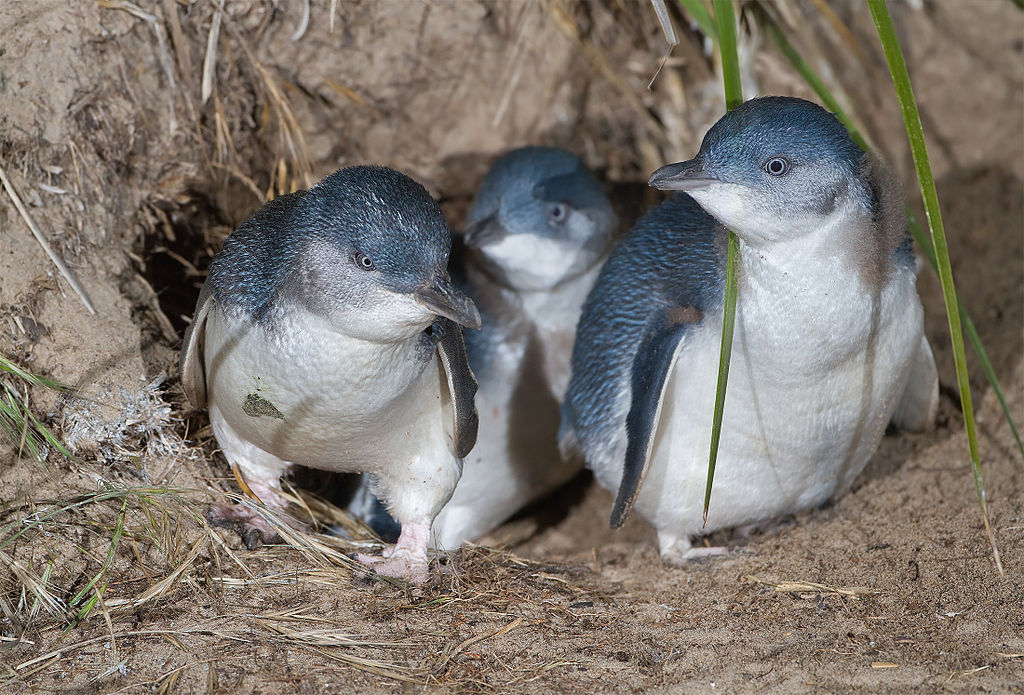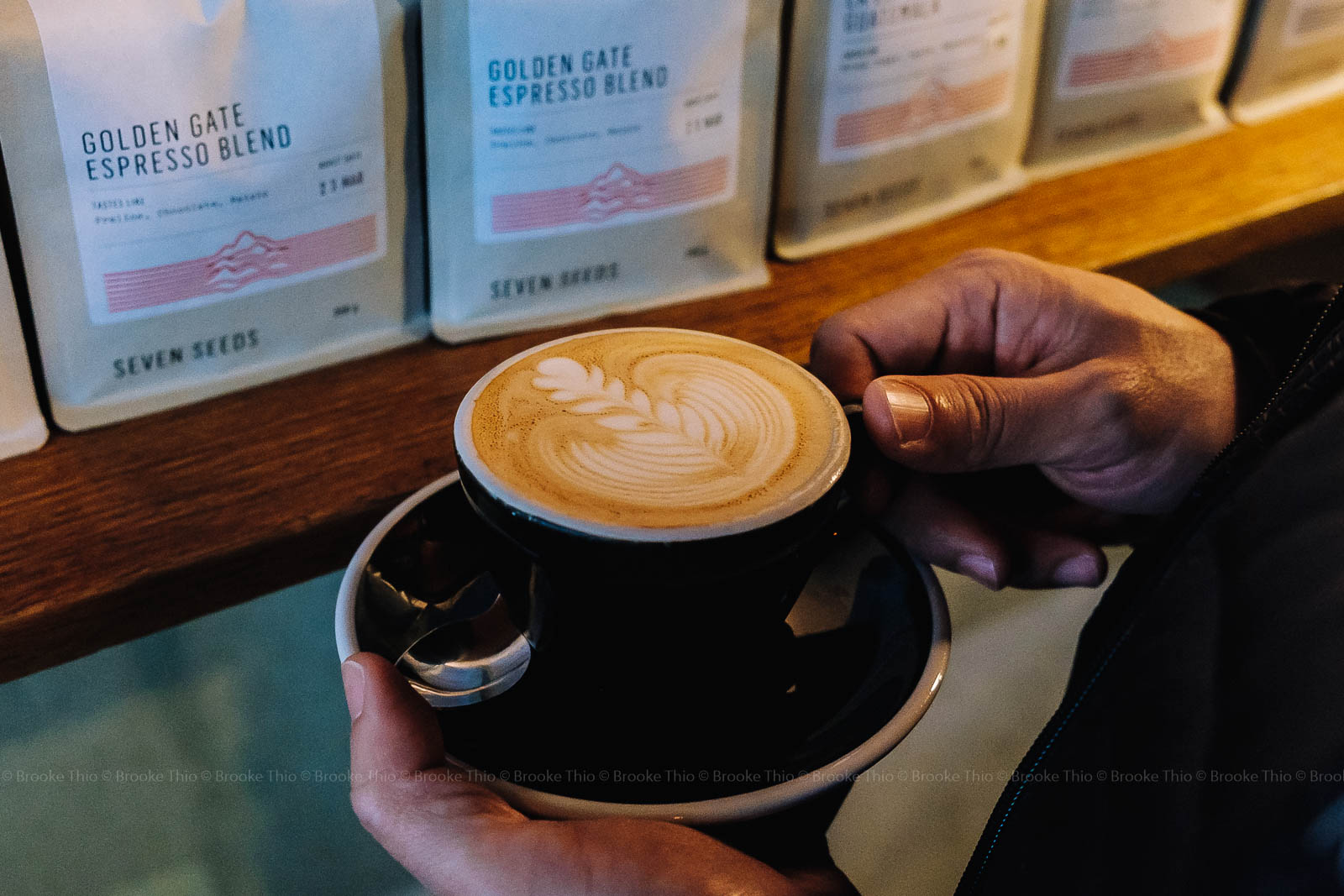I clamp my hands between my knees and take slow, deep breaths, resisting the urge to shiver. It’s been such an unseasonably warm day that the evening chill comes as an unpleasant surprise, but there’s no way I’m giving up my seat to this show. Not when I’ve walked and waited so long here to see the little penguins at St Kilda breakwater.
IN THIS GUIDE
Those who want to see penguins in Melbourne will usually head to Phillip Island for its famed Penguin Parade, where a fraction of over 70,000 wild little penguins – the world’s smallest species of penguin, also known as fairy penguins – waddle home from sea each evening to their rookeries on land. Unfortunately, with limited time to explore, coming to St Kilda was my next best option. The breakwater extending from St Kilda pier is home to a much smaller colony of just 1,400 little penguins, but it’s only a short tram ride from downtown Melbourne, making it far more accessible to the hundreds of tourists now huddled on the boardwalk.
In fact, you don’t even need to join a tour or pay a fee to see the little penguins at St Kilda – just be here at sunset. No wonder this place is so popular; who would say no to a free wildlife encounter?

The little penguin colony at St Kilda breakwater is managed and cared for by Earthcare St Kilda, which runs the St Kilda Penguins website to provide information and guidance to visitors. A volunteer penguin guide is also present each night to ensure that people do not shine lights, use flash photography, or touch the penguins on the rocks. Yet, as I fidget around in a feeble attempt to keep warm, my conscience begins to niggle at me. How can one single guide handle a breakwater full of tourists armed with their camera phones, selfie sticks, and selfishness? How many of us will break the rules?
Everything slowly turns dark. I’m slowly, gladly, proven wrong.


In the last dregs of evening light, our guide clears the litter on the beach with the help of a few children. Then, we all wait for the little penguins to paddle onto shore or pop out from the rocks, under the safe cover of darkness. Soon enough, excited whispers drift around.
“There, floating near the rocks…”
“I’ve never seen one run so fast!”
Over the course of an hour, as penguins emerge from the water and clamber along the rocks, not a single flash fires. Not a single person breaches the sand or rocks to disturb the little penguins. No one blocks the view in our vain attempts to capture the little penguins on camera. It feels almost miraculous that everyone is simply enjoying this, well, penguin voyeurism.

After some time, the crowd slowly disperses, drawn back to shore by hunger and cold. I’m a little disappointed that I’ve seen only a few penguins, but my faith in humanity is somewhat restored. We can respect our environment and each other wherever we travel.
Keep the penguins safe and free to view
Unfortunately, not every evening goes as smoothly as this one. In July 2017, fencing was installed along parts of St Kilda breakwater to protect the penguins and their burrows from human disturbance. Please follow the rules and do not ruin this wonderful experience for others.
I also advocate making a small donation to Earthcare St Kilda to support their work. There is a donation pole at St Kilda pier, just before you head behind the kiosk to get to the breakwater. You can also send any donation enquiries to email hidden; JavaScript is required.

Best time to see the little penguins at St Kilda
According to Earthcare St Kilda, you can spot the penguins at St Kilda breakwater every evening after sunset, with the hour after sunset being “prime time”. My experience, however, showed that this is the most crowded time of day for penguin viewing.
You can, in fact, visit St Kilda breakwater at any time of day as the pier is open 24 hours. Going late at night or just before sunrise, you’ll be able to see the penguins in relative solitude. Check sunrise and sunset timings to plan your visit.
The number of penguins you see will also vary by season:
- May-July (winter): most penguins are out at sea feeding, so you’ll see fewer of them.
- July-February (spring/summer): breeding season is longer for St Kilda penguins due to abundance of food. October to December are the best times to see lots of penguin chicks.
- March-May (autumn): penguins undergo moulting to replace their feathers, and must stay on land for approximately 3 weeks.
Note that even in high season, you won’t see scores of penguins like at the Phillip Island Penguin Parade, so do book a tour there if that’s what you prefer.
Rules to follow when observing the little penguins
Walking along St Kilda pier, you’ll see signs reminding you of the rules for seeing the little penguins. Help inform visitors if they are doing something wrong.
- No flash lighting or photography: the penguins are sensitive to white/blue light
- No selfie sticks or climbing on the rocks: the penguins nest among them
- No touching or feeding the penguins: stay ~3m away
- No pets, littering, or loud noise: pick up litter if you can

Getting to St Kilda breakwater
St Kilda is a 30-40 minute tram ride from Melbourne CBD, served by multiple tram lines. From the tram station (either Fitzroy St or The Esplanade), it’s a 15-minute stroll out to St Kilda Pier Kiosk; the breakwater extends back north.
I strongly recommend bringing a scarf or warm jacket and having a good meal before going to see the little penguins at St Kilda. Melbourne is known for its unpredictable weather and no matter how hot it is in the day, the seaside can get downright chilly at night. Don’t be caught unprepared like me!
Other things to do in St Kilda
Luna Park: this historic amusement park has been open since 1912 and has the oldest continually operating roller coaster in the world.
St Kilda Esplanade Market: popular Melbourne arts and crafts market, open every Sunday.
St Kilda beach: spend the day picnicking, and swimming, and soaking up some glorious Australian sun.
Cafes, restaurants, pubs: enjoy some excellent Melbourne coffee before seeing the penguins, or grab dinner and drinks after.
Plan Your Trip
Read more Australia guides or join us on Instagram!





Leave a Reply